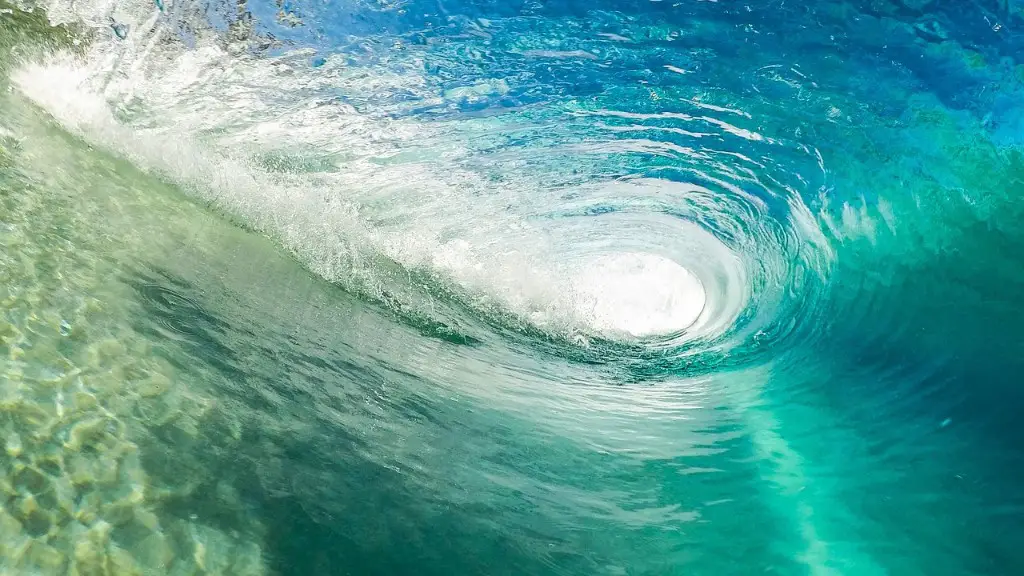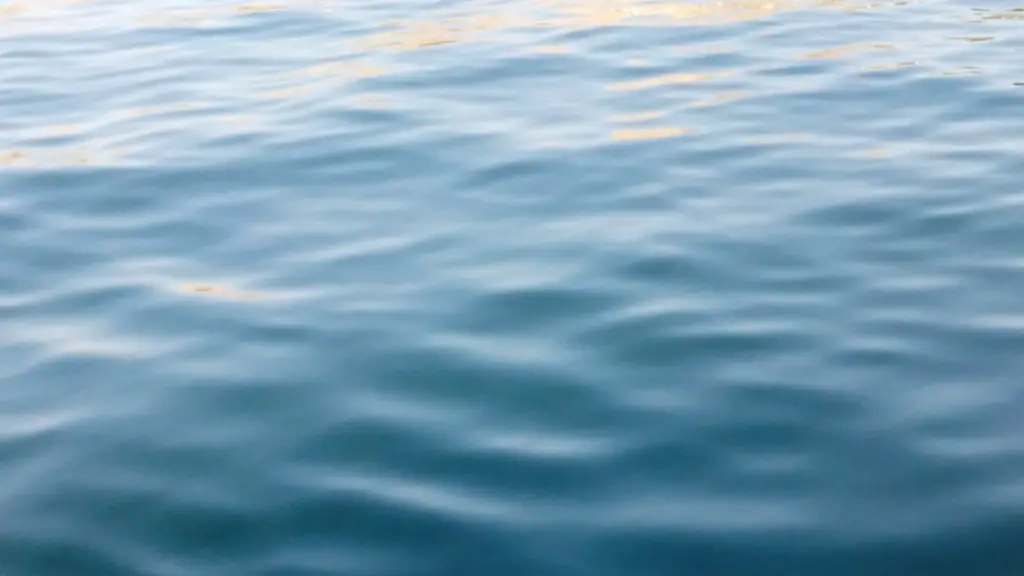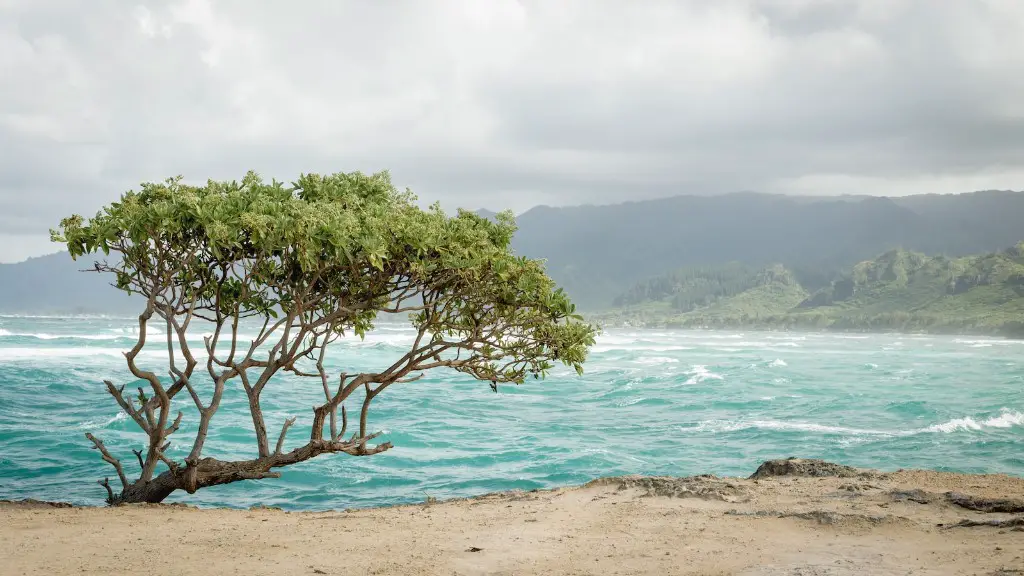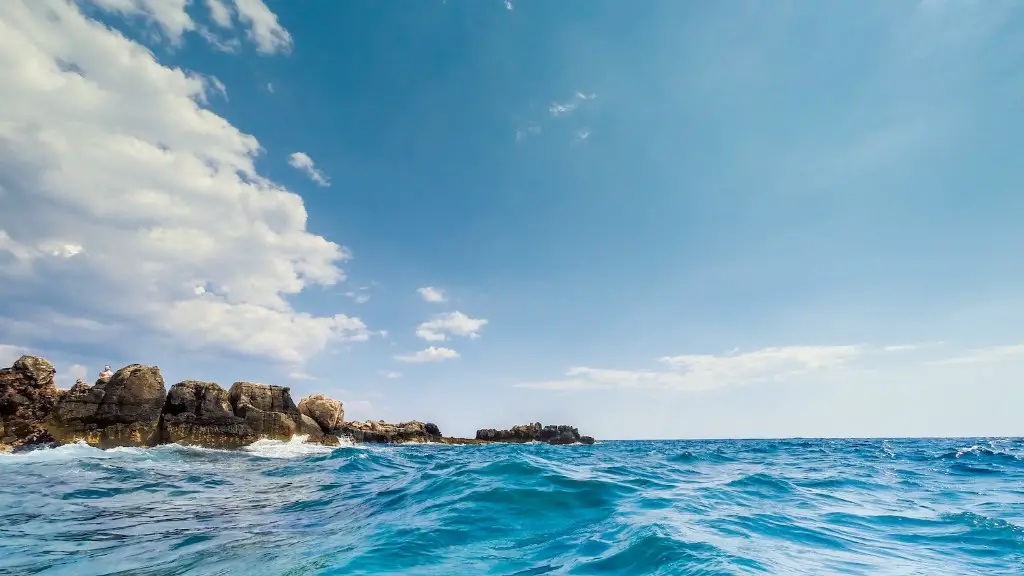If you’ve been reading the news for the past few years, you’re likely to have heard about the South China Sea, a large body of water located off the coast of China and Southeast Asia. It has recently been at the centre of several geopolitical disputes and is seen as a flashpoint for conflict between numerous countries. In this article, we will explore what is currently happening in the South China Sea and what it means for the region at large.
Before delving into the disputes and current happenings in the South China Sea, it is important to understand the background. The South China Sea is a semi-enclosed sea covering an area of around 3.5 million square kilometres and carries out immense strategic and economic significance for the nations claiming its waters. It is a major shipping lane for world trade and contains ample natural resources in the form of fisheries, oil reserves and more. Due to its rich and diverse ecosystem, the South China Sea is also of great importance for the biodiversity of the region. Several countries including China, Taiwan, Vietnam, Malaysia, the Philippines and Brunei have competing claims to the waters and territories in the South China Sea.
It is the ongoing diplomatic disputes between these countries over sovereignty and maritime rights that have been causing tensions in the South China Sea over recent years. China in particular has been aggressive in its claim, constructing artificial islands and military facilities in the waters in an effort to prove its ownership of the area, despite protests from other countries. The U.S, who itself has no geographical stake in the territorial dispute, has called China’s actions “unlawful” and has retaliated by sending warships to the region and carrying out military drills with other nations. In recent months, the South China Sea has become even tighter in terms of security; China has deployed missile batteries and bomber aircrafts to their artificially created islands in the waters, leading other countries to be wary of any military infringements.
Although the likelihood of war in the South China Sea is still minimal, the security concerns of the region are not to be taken lightly. Several experts have pointed out that if these hostilities were to escalate, it could easily become a “powder keg for an international conflict” with the U.S and China at the heart of it. The potential costs of a war on the region are immense, with over 60% of the world’s ships passing through the South China Sea and the disruption of trade routes that could result. Beyond the obvious security concerns, the contested waters could also become a hub of environmental issues with the increased presence of military vessels growing.
The South China Sea is also of financial importance to the regional countries involved. Many of them rely heavily on the trade routes in the waters and the resources that it contains as means of income. As such, there has been a lot of discussion on the sharing of these resources and the drafting of agreements on how they are to be distributed. It has become a priority for smaller nations to be included fairly in any discussions, given that the majority of the resources stem from the waters near their own shores.
At present, attempts are being made to solve the conflicts in the South China Sea in a diplomatic manner, such as through the joint efforts of China and the Association of Southeast Asian Nations. These diplomatic exercises can be seen as a stepping stone to better cooperation among the nations involved and ultimately, a peaceful resolution to the disputes and tensions.
History of the Disputes
The South China Sea is a vast body of water which has been disputed over for centuries, with countries laying claim to it over time. In the 16th century, China declared its sovereinty over the waters and their territories, which at that time extended as far south as part of the Malaysian peninsula. Chinese emperors of that time went as far as to ordain an official in Hainan meant to supervise trade and fishing activities in the South China Sea.
Starting in the 19th century, European colonial powers began to claim parts of the Sea, with the Netherlands and the United Kingdom both laying claim to parts of it. After World War II, this trend of colonialism slowly started to fade and smaller nations were able to stake their claims on the waters. At the same time, China saw its territory slowly eroded away as more of the South China Sea was claimed by other countries. This lead to increased animosity from China over its “lost territories” and to the current state of affairs with competing claimants over the South China Sea.
Implications of Claiming Sovereinty
The waters of the South China Sea are valuable to the smaller countries that claim them. They provide access to food, resources and trade routes. However, one of the biggest implications of claiming sovereinty over the South China Sea is the potential to apply the law of the sea to it. Seeking a 200-mile exclusive economic zone (EEZ) would give a country access to the resources within that EEZ and to the income they generate.
Being able to claim sovereinty also carries strategic advantages. Small countries would be able to project power in the region and have a say on issues such as freedom of navigation in the waters of the South China Sea. This could be used to their advantage, for example if a country was to bar an unfavoured country from the waters. This could lead to a deepening of economic and political ties with other nearby countries.
The larger countries of the region, such as China, also have their own reasons for wanting to claim sovereinty. These include access to resources, increased military presence and a greater influence over the region. Having a greater presence and control over the South China Sea would allow China to project its power and influence in the region and beyond.
International Law and the South China Sea
The 1982 United Nations Convention on the Law of the Sea (UNCLOS) is an international treaty which codified and clarified the law of the sea. Under UNCLOS, coastal states need to draw a line of 12 nautical miles from their shores, within which their laws are applicable. In addition, each coastal state has an “exclusive economic zone” which extends up to 200 nautical miles from the shore, where their laws still apply. Countries can also lay claim to an extended continental shelf which gives them rights over resources beyond the EEZ.
In the case of the South China Sea, several countries have claimed that their territories extend up to 200 nautical miles. This has resulted in several conflicting claims between the countries, as a single such claim would overlap onto several countries’ territories. This has lead to increased diplomatic tensions between the countries which have only been exacerbated in recent years.
In the recent years, China, in particular, has made considerable effort to enforce their claims in the South China Sea. This includes the building of artificial islands, the installation of military equipment, the barring of other countries from fishing in the waters as well as other measures. This has been met with opposition from other countries and has only further increased the tensions in the region.
Where the Disputes Are Headed
The South China Sea is of immense strategic importance to the countries of the region. As such, the various disputes between them are unlikely to be resolved anytime soon. The contested territories are too valuable and the stakes are too high for the countries to reach a consensus and end the disputes peacefully.
In the current political climate, the tensions in the region are only likely to rise further. Countries such as the U.S, China and Japan are all making their presence known in the South China Sea and are ready to back their claims militarily. In that sense, the South China Sea could be seen as a microcosm of the greater geopolitical issues at play in Asia, and the disputes are likely to go on for the foreseeable future.
Economic and Environmental Implications
The South China Sea is a highly lucrative region in terms of resources and trade routes, and many of the smaller countries depend on the riches it provides. As such, the increasing level of conflict in the region could potentially damage the economies of these states and further marginalise them in cases of disputes.
The environmental implications of claiming sovereinty over the South China Sea should also be considered. With countries increasingly looking to stake their claims and the consequent militarisation of the region, the flora and fauna of the waters may be put in jeopardy. The pollution and damage caused by ships, weapons and other military equipment may drastically reduce the biodiversity of the region, with potentially devastating consequences.
Conclusion and Solutions
The South China Sea is an important region of the world and the disputes between countries over its waters have severe implications for the region and the world at large. It is therefore essential that the international community seeks a diplomatic and long-term solution to the ongoing tensions between countries, not only to preserve peace in the region, but also to ensure the continued access to the maritime routes and resources of the South China Sea.
In the short term, communications between the countries involved must be improved in order to foster a more cooperative atmosphere. International bodies such as the United Nations should also seek to involve more of the multiplicity of players in the region and create more inclusionary forums for discussing the issues. Additionally, confidence-building measures should be taken to reduce the level of mistrust between the countries, such as information-sharing and military exercises. Ultimately, in order to avoid war and resolve the disputes, all countries must be willing to negotiate and put the interests of the region before their own.





